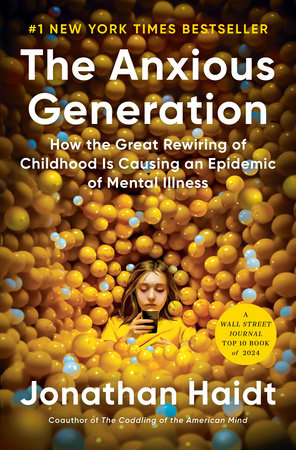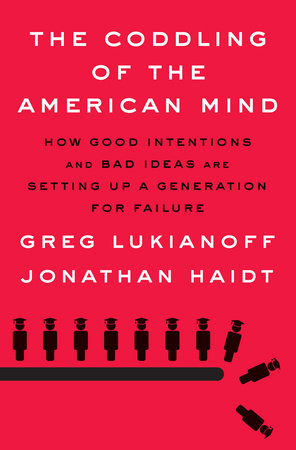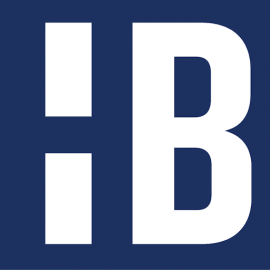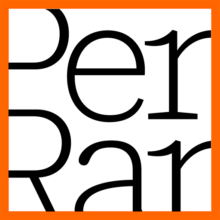Amid a tumultuous socio-political climate, efforts to champion diversity, equity, and inclusion (DEI) within organizations and communities are being met with resistance nationwide. This resistance is deeply rooted in the diverse moral frameworks that shape our worldviews. An episode of the podcast "Hidden Brain," titled "Escaping the Matrix," features insights from noted social psychologist Jonathan Haidt and dives into how these personal moral constructs can significantly influence our approach to DEI initiatives.
Imagine a scenario where two coworkers from vastly different cultural backgrounds are tasked with collaborating on a project. Despite their best efforts, misunderstandings arise, fueled by unrecognized biases and differing moral values. This example underscores the complexity of navigating moral perspectives to build inclusive environments.
Haidt’s exploration into the virtues that define goodness—such as truthfulness, kindness, and generosity—urges us to reflect on the origins of these beliefs. This reflection is crucial for appreciating individuals' perspectives on DEI discussions. Haidt highlights a significant barrier to DEI progress: the tendency to become entrenched within one's own moral framework, which can dampen openness to diverse perspectives and hinder the development of empathy and understanding. In a landscape where DEI initiatives are often met with skepticism or outright hostility, acknowledging and navigating the influence of moral frameworks is imperative.
Resistance to DEI efforts is partly due to a fear of the unknown and a perceived threat to one's values and beliefs. Jonathan Haidt's insights lead us to ask: How can we bridge the gap between differing moral perspectives to foster an environment of inclusion and respect? Cultivating an awareness of our moral biases and actively seeking to understand the roots of others' beliefs is vital.
How Can You Bridge the Gap Between Differing Moral Perspectives
- Encourage Open Dialogue: Create safe spaces for open, respectful conversations, allowing employees to share their beliefs, experiences, and perspectives. For instance, a recent client implemented structured dialogue sessions where team members share stories from their personal lives, fostering deeper understanding and connection among the team.
- Facilitate Empathy Building: Introducing exercises that promote empathy, such as role-playing exercises or sharing personal narratives, can help break down barriers. These methods enable participants to "walk a mile" in another's shoes, promoting a deeper understanding of diverse viewpoints.
- Implement Inclusive Decision-Making: Ensure that multiple perspectives are considered by involving a broad spectrum of voices in decision-making such that every team member feels valued and heard. An example is a community benefit organization that formed a decision-making council representing a cross-section of its demographic diversity.
- Educate on Cultural Competency: Providing ongoing education and training on cultural competency and unconscious bias is fundamental. Incorporate workshops and training modules that offer actionable insights into overcoming biases and fostering an inclusive mindset.
- Champion Subtle Acts of Inclusion: Small, everyday actions can significantly impact whether people feel included and valued. Acknowledging diverse religious and cultural celebrations or ensuring meetings are accessible to everyone are simple yet powerful steps.
- Promote a Growth Mindset: Encouraging a culture where learning from mistakes is valued over perfection opens the door to new ideas and change. This approach fosters an environment where individuals are more receptive to embracing change and different perspectives.
Jonathan Haidt reminds us that navigating our moral matrices is not about abandoning our values but expanding our capacity for empathy and understanding. By implementing these strategies, you can build more equitable and inclusive environments where every individual can thrive.
The journey towards understanding and inclusion is ongoing. I encourage you to choose one strategy from this list to implement within your organization this month. Small steps lead to significant changes. Share your experiences or thoughts on these strategies, and let's build a community that champions diversity in all its forms. Together, we can create cultures that honor and celebrate our differences, paving the way for a more inclusive world.
Further Exploration











